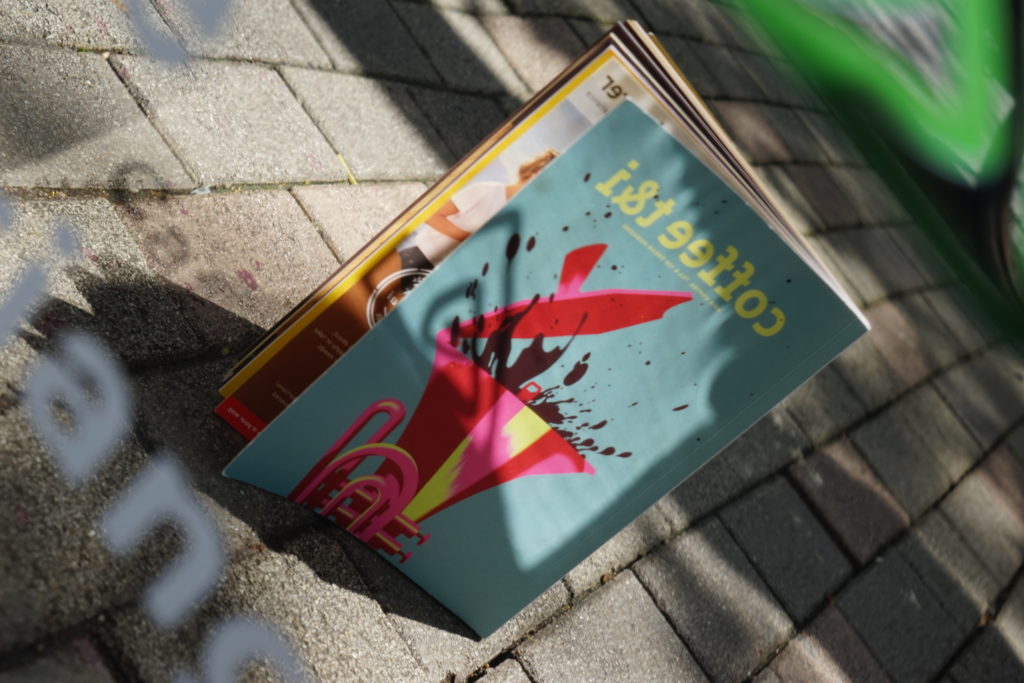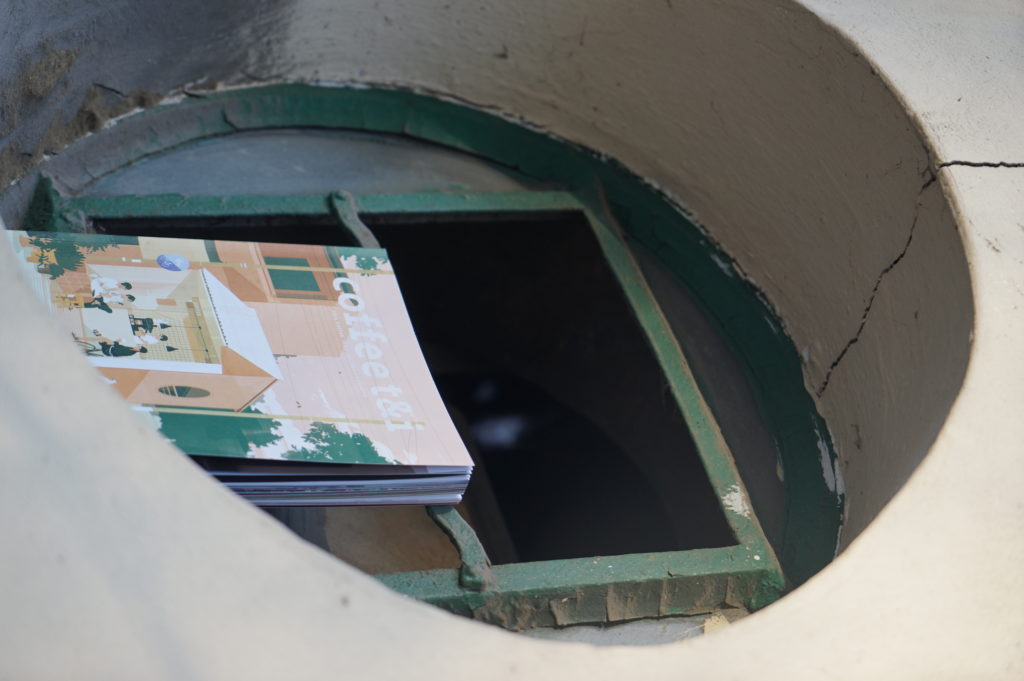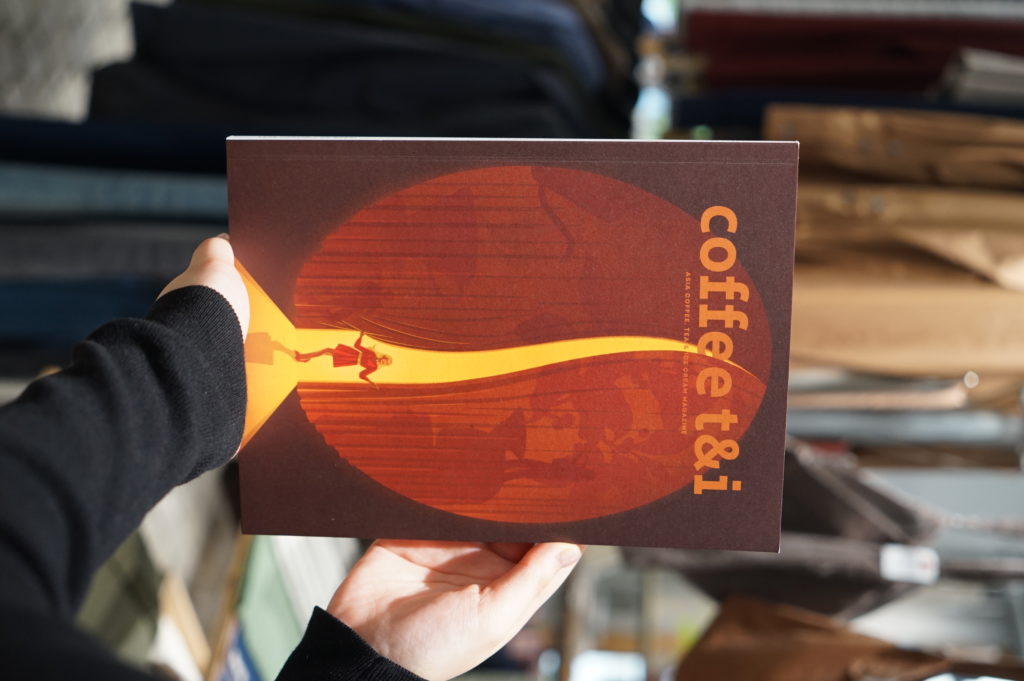The heat of New York in summertime is, at times, unbearable. The concrete jungle is stifling in 100-degree heat. Children roam barefoot as they try to open an iconic New York fire hydrant. Passersby look up to the skyscrapers, when they feel a drop of water spill onto their faces from an air-conditioning unit that hangs precariously several floors above them. Every year from June to August, many New Yorkers leave the city for The Hamptons and other beachside towns to escape the sweltering heat. For those who remain, public swimming pools, keeping cool and of course, ice creams are summertime essentials. Do you hear the jingle jangle of the ubiquitous ice cream truck music coming down the avenues? For many, hearing the noise waft into the air is a charming memory of childhood. The unmistakable melody played by the ice creams trucks was an announcement for children that ice cream was near. Yet – the iconic New York Ice Cream truck has a rich – and at times problematic – history. Let’s dive in.
History
The origins of the first ice cream street vendors dates back to the nineteenth century, though there is no official record. Before motorized ice cream trucks were introduced by Harry Burt, vendors sold ice cream or flavoured ice, from pushcarts. “Pushcarts markets provided immigrants with a free social space unburdened by the financial costs of wealthier city people,” observed a historian in Wendy A. Woloson’s book: Refined Tastes: Sugar, Confectionery, and Consumers in Nineteenth-Century America. Yet the pushcarts could often be unsanitary: consumers were concerned they would get sick by buying the produce. The vendors would sell a small dish of ice cream or ice that the customer would lick clean to be returned to the vendor who would reuse the dish for the next customer. It was the introduction of the motorized trucks with refrigeration that provided a more sanitary experience. Ice cream became a luxury item for years to come. Due to ongoing technological advances, today’s total frozen dairy annual production in the United States is more than 6.4 billion pounds, according to the International Dairy Foods Assoication.
Good Humour
New York company, Good Humour, revolutionized how Americans consumed ice cream. Ice cream parlour owner and candy maker Harry Burt created a chocolate and ice cream bar similar to Christian Nelson’s Eskimo Pie. At the suggestion of his children, Burt added a stick to the ice cream to make it easier, and less messy, to consume. Burt then thought of an enterprising way to deliver, and distribute the ice cream bars further than his own parlour. He outfitted trucks with primitive freezers, and bells, and took to the streets creating the iconic Good Humour Ice Cream trucks that you can still see today on the streets of New York. Good Humour drivers dressed in crisp white uniforms, were always sure to tip their hat at Passersby. The Good Humour trucks, and subsequent ice cream trucks remain an icon of summertime bliss.

The Depression Era
After WWII, ice cream production boomed. America’s cow population reached an all-time high, creating a tremendous production capacity, according to this study. Ice cream truck industry continued to grow, and develop such as the famous Mister Softee brand was founded in 1956. Good Humour sold its fleet in the 1970s to focus on grocery store products.
A Malevolent Melody
Good Humour trucks used bells to announce themselves. The clanging of the bells became ubiquitous with the taste of ice cream. As imitator trucks and companies were made, other trucks used melodies to let people know they were arriving, and they had ice cream treats to sell.
Often these melodies would be harmful blackface minstrel songs. Minstrel songs propelled racist stereotypes, and celebrated the mockery of Black people for white entertainment.
Like many of the melodies used, the melody “Turkey in the Straw” had harmful racial connotations. With no way of separating the melody from its racist history, the ice cream company Good Humour marked its 100th anniversary last year by teaming up RZA on the new song and educating people about why ice cream truck drivers should no longer use the song “Turkey in the Straw.”
It’s important to recognise the impact racism has on America, particularly for seemingly wholesome businesses. If a jingle has a history in racism, then hearing it today would still act as a reminder of the harmful ways Black people have been treated in the past.
Operation Meltdown
According to the city, New York ice cream trucks have gone to great lengths to avoid violations ranging from running red lights, blocking pedestrians crosswalks, and parking near fire hydrants. The city says between 2009 and 2017, a small group of individuals incurred 22,000 summonses for those various violations. The owners avoided responsibility by creating “shell” companies to avoid the city’s Department of Finance’s enforcement efforts.
How They Work
Much has changed since the days of vendors peddling ice cold treats with their pushcarts, yet there are many ice cream trucks on the streets of New York today. Customers still approach the side of the truck with money in hand to make their orders. Though, today social media sites such as Instagram or GPS locators can let consumers know where the ice cream truck is likely to be. Would summertime be the same without the ice cream trucks of New York driving around the streets? For many, it wouldn’t. The various branded trucks are iconic, and serve nostalgia as well as delicious ice cream.












NO COMMENT